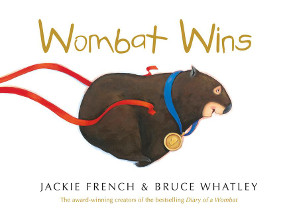

Most of us, I think, wept a little as the Last Post played.įor some it was a celebration of military tradition. A kid called out ‘Daddy’ as her father passed. A poodle sat next to us, a sprig of rosemary in its collar.

Children marched with their grandparents’ medals.

Last Anzac day I stood with friends in Braidwood’s main street. Anzac Day itself has been a catalyst for many people to discover Australian’s history, too. Each year the marches are larger, the commemorations broader. In the past two decades our reawakening sense of history has recreated Anzac day yet again. I’ve seen Anzac Day change from the grim faced marchers of my childhood, to the years when it seemed as if Anzac day might vanish except for a dedicated few, or when the Anzac day marchers faced anti conscription demonstrations, and women with placards who demanded the right to march too. While newspapers talk of Timor, Iraq and Afghanistan, few Australians know our defense forces serve as peacekeepers places like Tonga, Cambodia, Somalia and Rwanda and Haiti. As a historian I came up against determinedly uncooperative bureaucracy as I tried to check a list of places where Australian troops have been sent since the 1970’s#. My childhood saw the battered and weary of World War two, men scarred in body and mind from Japanese prison camps or the Burma railway, the mothers of my friends and my violin teacher, who had survived concentration camps.īoys of my own generation marched away as conscripts to Vietnam, while I walked in anti war demonstrations. The marches were mostly men only affairs back then, as were the dawn services, in case crying women disturbed the silence. He never spoke of it.* Every year he marched, increasingly bitter, with friends unemployed because of the depression, or with lungs or eyes rotted from mustard gas. My father in law landed at Anzac Cove, too. A Day to Remember is the history of that one day of the year, and how it has changed over almost 100 years. T he first Anzac day in 1916 was created to urge more men to feed the war. The stories left out a lot that didn’t fit the image. Over the next six months a legend grew of heroes who advanced no matter what the odds of mates who shared their last crust with a friend of ‘diggers’ who refused to salute an officer, who died with a last joke and a grin. As the sky grew grey, the first men of the Australian and New Zealand Army Corps landed on a narrow strip of Turkish beach. The barges, lifeboats and rowing boats set out from the big ships before dawn on April 25, almost a hundred years ago.


 0 kommentar(er)
0 kommentar(er)
